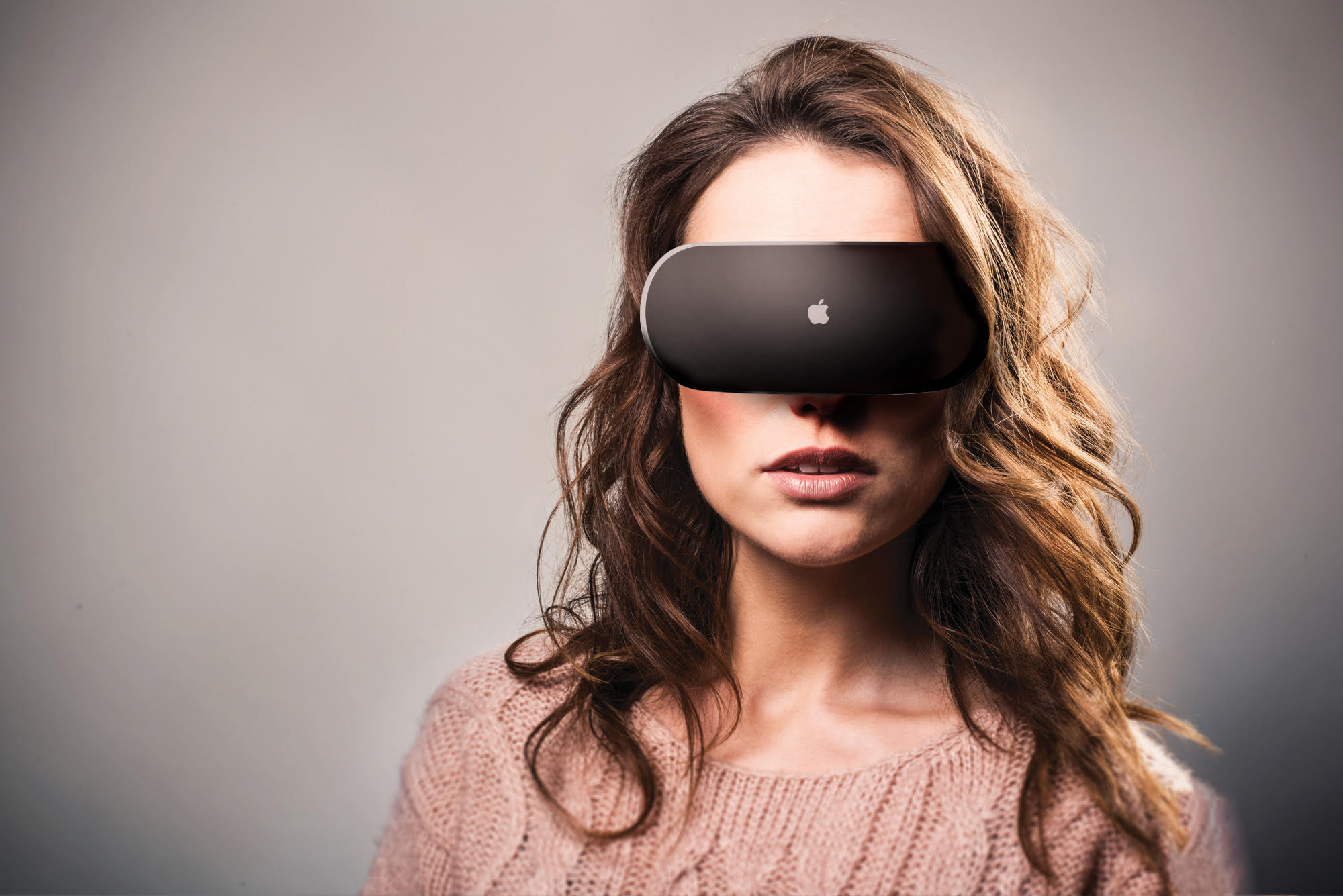These Apple VR/AR headset rumors could make me a virtual reality convert
If the rumors are true, the Apple VR/AR headset has me actually looking forward to a virtual future

Update: Where the heck is Apple's AR/VR headset?
Seeing the latest Apple VR/AR headset rumors might have finally convinced me that augmented and virtual reality are going to become as central to our lives as everyone crowing about the metaverse is saying. That AR/VR future may not happen with the arrival of Apple's first headset, but I can see myself as a regular user soon enough if the rumored features are true.
I've tried VR gaming several times already, and while it's enjoyable enough, it's not hooked me quite yet. But after reading The Information's two-part report looking into Apple's development of its first AR device, I may be approaching a change of heart on VR based on the hardware and software that Apple is supposedly working on.
The N301, as the Apple headset is apparently known internally, is an all-in-one headset (like the Oculus Quest 2), which already appeals because less computing power is a far smaller sacrifice than being tethered to a separate processor. So do the 4K displays for each eye that you'll find on the inside for crisp visuals, and the chipset apparently based on the Apple M2 chip. But while I like the sound of these features, there are three that caught my attention and made me start to rethink my position.
VR: now with less isolation
First off, the headset will reportedly feature an outer screen on the front of the device to display the user's eyes and face, allowing easier interaction for people to interact with someone using the headset. While it sounds kind of weird trying to maintain eye contact with a digital copy of a friend or colleague's eyes, it does seem like exactly what's needed to make AR fit in better with how people regularly behave.
Plus, wearing a headset can be isolating even in a room with other people that you can still hear, so still looking approachable through your headset could go a long way towards avoiding that.
Expressing yourself in the metaverse
The second and third things are the outer and inner cameras. At first, I was plain amused by the fact that Apple's apparently going to stuff its headset with 14 total cameras inside and out, but the idea that the external sensors will show the outside world to the user while the internal ones are apparently there to read facial expressions and mouth movements sound excellent.
VR can be a disorientating place to be, and can easily lead to injuries while you're unaware of your environment. Allowing the visual equivalent of a transparency mode on noise-canceling headphones would help avoid this, and help with the outer display to let you interact with people outside the confines of VR.
Sign up to get the BEST of Tom's Guide direct to your inbox.
Get instant access to breaking news, the hottest reviews, great deals and helpful tips.
The internal cameras reading your expressions and transferring that data to your avatar could fix another major issue with the VR worlds: the characters that inhabit them.
Let's face it, VR avatars are terrifying, and not just because the one you seem to see most often around the internet is Mark Zuckerberg's. They're very much the definition of the uncanny valley, being neither artificial or realistic enough to be pleasing to look at. Getting mouth movement right sounds like a great place to focus on, even if the avatars available in Apple's world will still mostly be cartoony. Being able to express yourself and understand others properly in VR is a big hurdle to clear if we're meant to start spending more and more time in VR.
A new operating system, but what about gaming?
Apple is apparently developing a new operating system called rOS, or Reality OS, to act as the interface for the headset. Allegedly this is going to be a variant of iOS, which is an incredibly smart choice. Millions of people the world over (me included) use iOS devices daily, so using this as the basis for an all-new form factor's interface should make for a comfortable transition into the virtual world.
However, the bad news on the software front is that Apple apparently isn't prioritizing gaming on the headset, with no dedicated controllers planned for the headset. Perhaps Apple's trying not to compete too closely with Meta/Oculus headsets, but this does seem like a big gap in the headset's feature list.
Apple AR/VR headset: Outlook
Apple will finally be launching the headset later this year or next year, say the current rumors on the topic. I won't be an early adopter, given this headset is apparently going to cost around $3,000, so I'll probably have to wait for the sequel or the Apple glasses that are tipped for later. But I'll definitely be trying out an Apple headset as soon as I can.
It sounds like Apple's perfectly capable of capturing the runaway success of the iPhone one more time with this VR/AR headset, by not forgetting the real-world aspects of spending time in virtual reality.

Richard is based in London, covering news, reviews and how-tos for phones, tablets, gaming, and whatever else people need advice on. Following on from his MA in Magazine Journalism at the University of Sheffield, he's also written for WIRED U.K., The Register and Creative Bloq. When not at work, he's likely thinking about how to brew the perfect cup of specialty coffee.
